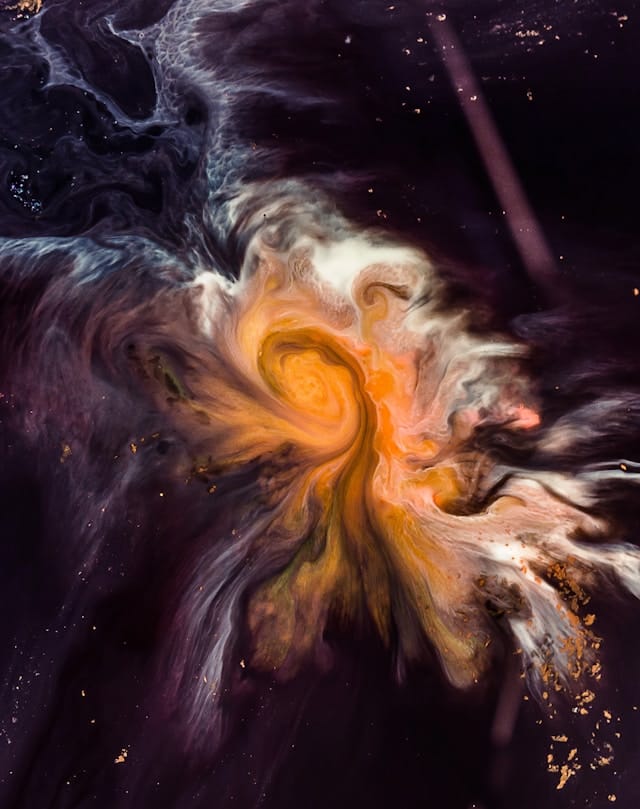The Journey to Beyond

Our children questioned the rituals done on the recent passing of my mother-in-law. Sharing whatever little I know, for those who wish to know, for this time comes in everyone’s lives.
When we realized that little time was left, we started reading aloud to her, the Bhagwad Gita, in the ICU at fortis. We completed 16 Adhyayas before, and the last two after she passed. Reading the Bhagwad Gita is done to invoke surrender and devotion in the person who is on the verge of passing. The last sound she heard was the Gita Updesh. We put a tiny gold image of Krishna, a Tulsi leaf and Gangajal in her mouth just after she passed. These are the purest materials on Earth. This could have been done moments before the last breath too.
If the family is certain that the time has come, the person should be lowered onto the floor on a simple bedding, amidst prayers ... like putting the person in the lap of Mother Earth. Once the soul sheds the body, the ‘Paatak’ period starts.
A handful of wheat is put on the floor, near the lifeless body and a Diya made of Aata filled with mustard oil, is lit. This symbolizes the gross body with the Atmajyoti in it. The departed soul hovers above/around the gross body. The Jyoti is a form of Parmatmajyoti. The soul finds solace there. Once the oil in the lamp is exhausted, it is not refilled. Its purpose is over.
If the body has to be kept for long (without a freezer), it is encircled with wheat flour/turmeric, to keep ants at bay. The body is bathed and draped in new clothes. Prayers are chanted during the last journey to the crematorium. If the soul is hovering around the body, we believe it joins in the prayers for deliverance from the cycle of birth and death. Honey, ghee and five Panchratnas are put in the mouth before the body is consigned to flames on a wood pyre. Samagri is added to aid the decomposition of the gross body.
While the body is kept at home, no cooking is done, because the first right of fire is of the deceased. After the cremation, the family can bathe and then cook.
On the 4th/13th day a Prayer meet is done, for the society and relatives to congregate and condole, then disperse. Rasam-Pagri is a ritual wherein the son is made to wear a pagri to indicate that he shall shoulder all responsibilities henceforth.
No Diya is lit nor Dev-pooja done in the house for 13 days as these are dedicated for prayers for the departed soul. The Garuda Puran can be read from the day after the cremation by a Brahmin and completed on the 13th day. Reading the Bhagwad Gita and Gayatri Mantra Japa are good practices.
Personally I believe that prayer is, talking to God. This heart-to-heart, can be done, without chanting of mantras!
The ashes are immersed into Mother Ganga at Haridwar. The soul merges with the supreme soul and the gross body is returned to nature’s five elements. How scientific, sustainable and environment friendly!
After the cremation, the soul enters the ‘Pret yoni’. On the 10th/11th day, the Pret Shayia daan is done at Pehowa, to facilitate entering into the ‘Pitr yoni’ and also cutting of worldly ties. Vishnu Shayia daan is done on the Uthala on the12th/13th/17th day, along with serving food and giving Dakshina to Brahmins. The Paatak period ends here.
We can now light a jyoti and do Dev-Pooja. Anytime between the Uthaala and the Varheena in the 11th month, Bhagwath Puran Paath may be done.
No one can do enough for their parents. These are a few things that are prescribed by our scriptures, to help our forefathers in their after-life; besides the annual Shraadh tarpan. Let’s not fall behind …
This piece has been published in Ht on 10.11.2024. It can be viewed here https://www.hindustantimes.com/cities/chandigarh-news/guest-column-the-journey-to-beyond-101731182134114.html
